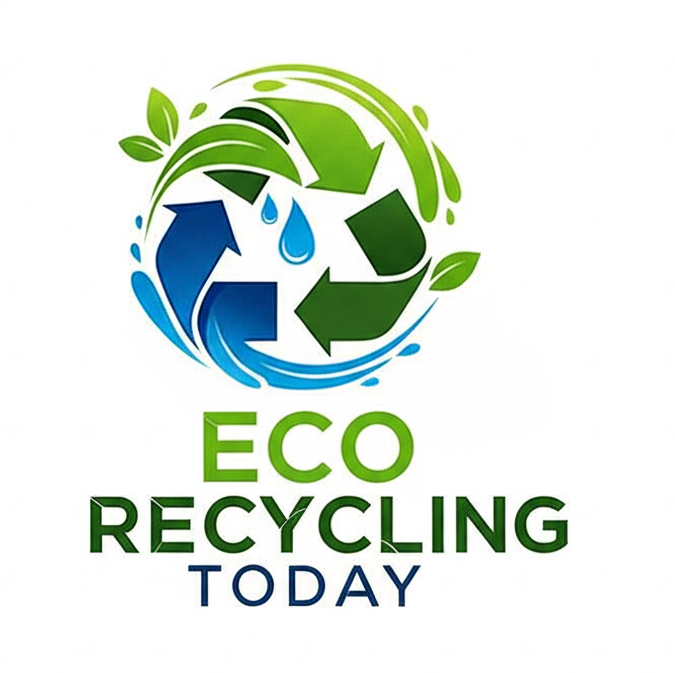As our world becomes more digital, the volume of discarded electronics—known as electronic waste or e-waste—is growing rapidly. From smartphones to laptops, printers to televisions, e-waste contains both hazardous materials and valuable metals. Thanks to advancements in e-waste recycling technology, we can now recycle these devices safely, efficiently, and profitably.

What Is E-Waste?
E-waste includes discarded electronic devices such as:
- Computers, laptops, and peripherals
- Smartphones and tablets
- Televisions and monitors
- Home appliances (microwaves, fridges, etc.)
- Audio/video equipment and power tools
- Batteries and cables
Most e-waste contains a mix of plastics, metals, glass, and toxic elements like mercury, lead, and cadmium.
Why E-Waste Recycling Is Essential
- Conserves Natural Resources: Recovers gold, copper, aluminum, and rare earth metals
- Prevents Pollution: Stops hazardous substances from entering the environment
- Creates Economic Value: Recycled materials are reused in electronics manufacturing
- Ensures Data Security: Proper destruction of sensitive data and hardware
- Supports Sustainability Goals: Reduces the need for raw material mining and landfill use
E-Waste Recycling Process
1. Collection and Sorting
Devices are collected from:
- Drop-off centers
- Manufacturer take-back programs
- Municipal waste programs
- Commercial or industrial e-waste contracts
They are sorted by type (e.g., computers, phones, TVs) and condition (reusable vs. non-functional).
2. Data Destruction
Before processing, any data storage device—hard drives, SSDs, memory cards—is:
- Wiped using software
- Degaussed (magnetically erased)
- Shredded or crushed for physical destruction
This ensures information security and regulatory compliance (e.g., GDPR, HIPAA).
3. Manual Disassembly
Trained workers remove:
- Batteries and hazardous components
- Valuable parts like CPUs, RAM, and circuit boards
- Plastics, glass, and metal housings
Manual dismantling ensures safer separation of toxic and reusable components.
4. Mechanical Processing
Devices are shredded into small pieces and passed through:
- Magnetic separators to extract steel and iron
- Eddy current separators for non-ferrous metals (aluminum, copper)
- Optical sorting for plastics and glass
- Density separation to isolate materials by weight
Circuit boards undergo additional processes to recover precious metals.
5. Metals and Materials Recovery
- Gold, silver, palladium, and copper are extracted from PCBs via:
- Pyrometallurgy: High-temperature smelting
- Hydrometallurgy: Chemical leaching and electrolysis
- Plastics are cleaned, granulated, and reused in manufacturing
- Glass is processed for reuse in electronics or construction
Advanced E-Waste Recycling Technologies
- AI-Based Sorting Systems: Enhance speed and accuracy in material separation
- Robotic Dismantling Machines: Automate disassembly of smartphones and laptops
- Low-Impact Leaching Chemicals: Eco-friendly alternatives to cyanide or acid leaching
- Closed-Loop Recycling Systems: Recover materials to be used in new electronics by the same manufacturer
- Blockchain for Traceability: Tracks e-waste from collection to material reuse
E-Waste Recycling Industry Certifications
- R2 (Responsible Recycling)
- e-Stewards
- WEEE Directive (Europe)
- EPA Compliance (U.S.)
These certifications ensure safe handling, worker protection, and environmental compliance.
How to Recycle Your E-Waste Responsibly
- Use local e-waste collection centers
- Return devices to manufacturers with take-back programs
- Choose certified recyclers (R2/e-Stewards)
- Donate or sell working devices for reuse
- Never dispose of e-waste in regular trash
E-waste recycling technology plays a critical role in building a sustainable, circular economy. With smart systems for sorting, secure data destruction, and efficient material recovery, we’re turning electronic waste into a resource—not a burden. Whether you’re a business or a consumer, make the smart move: recycle your e-waste responsibly.
